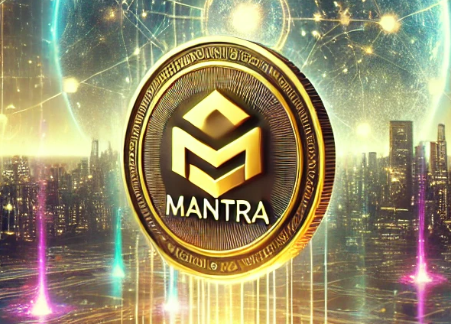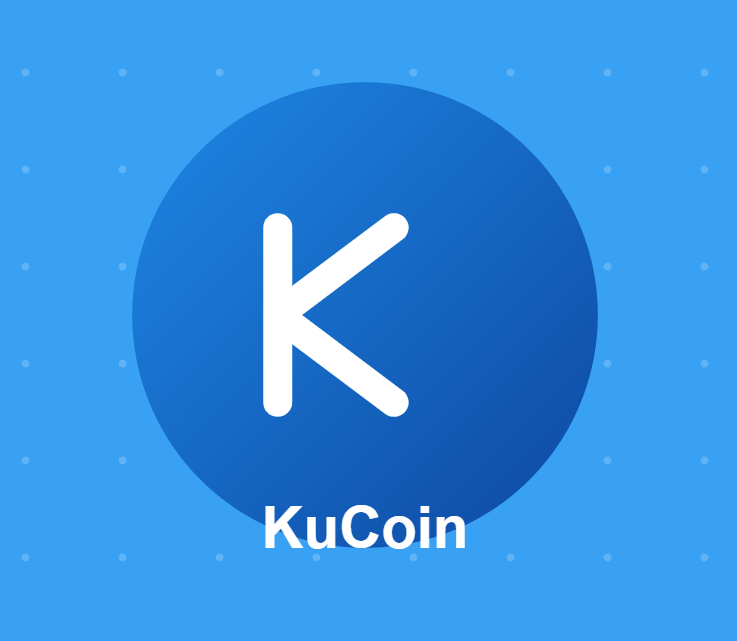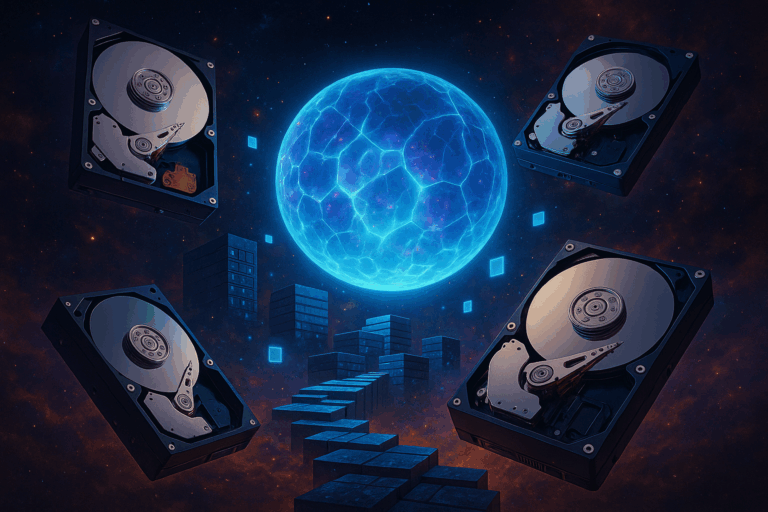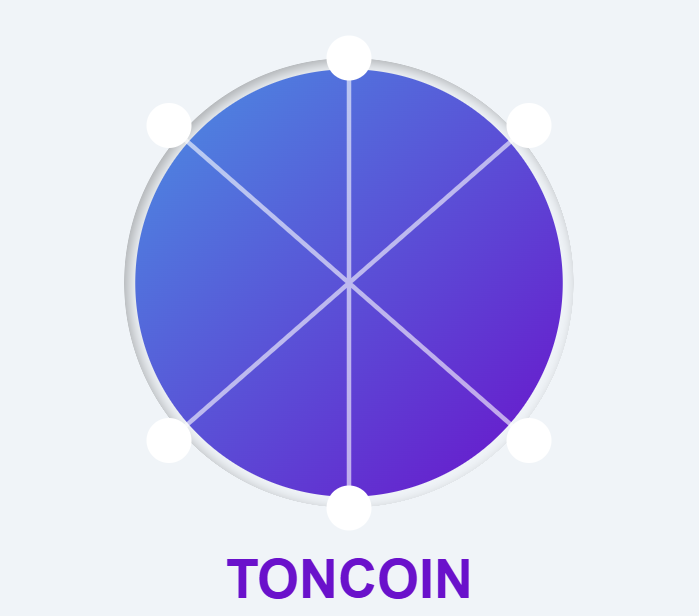
Introduction to MANTRA
MANTRA is a blockchain ecosystem designed to bridge traditional finance (TradFi) and decentralized finance (DeFi), with a strong focus on real-world asset (RWA) tokenization. Since its inception in 2020, MANTRA has expanded significantly, developing a vertically integrated infrastructure to support institutional and retail investors alike.
At its core, MANTRA provides a comprehensive suite of products and services that enhance the accessibility, transparency, and efficiency of blockchain-based financial activities. The ecosystem comprises a Layer-1 blockchain, DeFi protocols, validator nodes, and governance mechanisms, all working in synergy to create a robust and scalable financial framework.
Key Components of the MANTRA Ecosystem
The MANTRA ecosystem, known as the OMniverse, is built on four major pillars:
1. MANTRA Nodes
MANTRA Nodes serve as the infrastructure backbone of the ecosystem by operating validator nodes across multiple blockchains. This component plays a crucial role in ensuring network security, scalability, and decentralization.
Node-as-a-Service (NaaS): MANTRA provides node-hosting solutions for institutions and retail users, enabling seamless participation in blockchain networks.
Staking Services: Users can delegate their assets to MANTRA-operated validator nodes and earn rewards.
Institutional-Grade Solutions: MANTRA supports enterprise clients by offering white-label node infrastructure and cloud-based deployment options.
By participating in blockchain validation and governance, MANTRA Nodes generates revenue while reinforcing the ecosystem’s reliability.
2. MANTRA Chain
MANTRA Chain is the dedicated Layer-1 blockchain of the MANTRA ecosystem. Built within the Cosmos ecosystem, it leverages the Inter-Blockchain Communication (IBC) protocol to facilitate interoperability with other blockchain networks.
Key features of MANTRA Chain include:
EVM Compatibility: Developers can deploy Ethereum-based smart contracts on MANTRA Chain, enabling seamless integration with existing DeFi applications.
RWA Tokenization: The blockchain is optimized for issuing and managing tokenized real-world assets such as real estate, commodities, and financial instruments.
Fast and Cost-Efficient Transactions: By utilizing the Tendermint consensus mechanism, MANTRA Chain ensures rapid transaction finality and low fees.
This Layer-1 blockchain forms the foundation for the broader MANTRA ecosystem, supporting a range of decentralized applications (dApps) and financial services.
3. MANTRA Finance
MANTRA Finance is the ecosystem’s DeFi arm, designed to provide a seamless trading and investment experience. By merging the best features of DeFi and TradFi, MANTRA Finance enables global access to digital assets in a permissionless and non-custodial manner.
Decentralized Trading: Users can trade tokenized assets and cryptocurrencies with full transparency.
Lending and Borrowing: Participants can use digital assets as collateral to obtain loans, unlocking liquidity without selling their holdings.
Yield Farming & Staking: MANTRA Finance provides various staking and liquidity mining opportunities to maximize returns.
The integration of traditional financial assets with blockchain technology positions MANTRA Finance as a gateway for institutional and retail investors alike.
4. MANTRA DAO
Governance is a key aspect of the MANTRA ecosystem, and MANTRA DAO ensures that decisions regarding the platform’s future development are made in a decentralized manner.
Community Governance: OM token holders can propose and vote on changes, including protocol upgrades, new feature integrations, and economic adjustments.
Karma Protocol: This incentive mechanism rewards active participants with benefits such as increased staking yields and reduced transaction fees.
Decentralized Decision-Making: By empowering token holders, MANTRA DAO ensures that the ecosystem evolves in alignment with community interests.
Through MANTRA DAO, the project remains committed to decentralization and transparency, fostering long-term sustainability.
The OM Token: Utility and Functionality
The OM token is the native utility and governance token of the MANTRA ecosystem. It plays a central role in incentivizing participation, securing the network, and facilitating various transactions.
1. Staking and Security
Users can stake OM tokens to contribute to network security and earn rewards. Staking not only enhances decentralization but also provides token holders with a passive income stream.
2. Transaction Fees and Payments
OM tokens are used to pay for transaction fees within MANTRA Chain. This ensures smooth and cost-effective operations for users engaging with the blockchain’s financial services.
3. Governance and Voting Rights
Holding OM tokens grants users the ability to participate in MANTRA DAO governance. Token holders can vote on proposals that influence the ecosystem’s future direction, ensuring a democratic and community-driven approach.
4. Incentives and Rewards
MANTRA integrates the Karma Protocol, a unique rewards system that benefits active users. Those with high Karma scores enjoy perks such as:
Enhanced staking rewards
Lower transaction fees
Preferential borrowing rates on MANTRA Finance
This incentivization model encourages long-term engagement and ecosystem growth.
MANTRA’s Role in Real-World Asset (RWA) Tokenization
One of MANTRA’s most significant innovations is its focus on real-world asset (RWA) tokenization. By bringing traditional assets onto the blockchain, MANTRA unlocks new investment opportunities and enhances financial inclusion.
Real Estate Tokenization: Investors can own fractionalized real estate assets, increasing accessibility to property investments.
Commodity-Based Assets: Precious metals, oil, and agricultural products can be tokenized, enabling seamless trading and liquidity.
Regulated Financial Instruments: MANTRA facilitates the issuance of tokenized bonds, securities, and structured financial products.
This initiative enhances asset liquidity, reduces operational inefficiencies, and democratizes access to high-value investment opportunities.
Interoperability and Cross-Chain Capabilities
MANTRA’s ecosystem is designed to be interoperable with multiple blockchain networks. The integration of the Cosmos IBC protocol allows seamless asset transfers between different chains.
Ethereum Compatibility: Developers can deploy smart contracts on MANTRA Chain while leveraging Ethereum’s liquidity.
Cross-Chain Bridges: MANTRA enables users to move assets between major blockchain networks without friction.
Layer-2 Scaling Solutions: MANTRA is exploring Layer-2 integrations to enhance scalability and reduce transaction costs.
By prioritizing interoperability, MANTRA ensures that its ecosystem remains flexible, scalable, and future-proof.
Institutional Adoption and Regulatory Compliance
A key advantage of MANTRA is its alignment with regulatory frameworks, which makes it an attractive solution for institutional investors.
Regulated DeFi Solutions: MANTRA Finance is designed to comply with financial regulations while maintaining the benefits of decentralization.
Enterprise-Grade Infrastructure: The platform provides institutions with secure staking, custody, and tokenization services.
Onboarding of Traditional Finance Players: MANTRA’s focus on RWAs and compliance bridges the gap between traditional markets and DeFi.
This regulatory-conscious approach positions MANTRA as a leader in the institutional DeFi space.
Future Roadmap and Growth Potential
MANTRA is continuously evolving, with several key developments on the horizon:
Expansion of MANTRA Chain: Increased adoption by developers and integration of more financial products.
Enhanced Staking and Governance Features: Further decentralization of the MANTRA DAO.
Global Institutional Partnerships: Collaborations with banks, asset managers, and enterprises to scale tokenization efforts.
Continued Innovation in RWA Tokenization: Bringing more asset classes on-chain to enhance liquidity and accessibility.
With its robust infrastructure, regulatory-friendly approach, and focus on real-world asset tokenization, MANTRA is poised to become a major force in the DeFi ecosystem.
Conclusion
MANTRA is redefining the blockchain landscape by integrating traditional finance with decentralized finance. Through its comprehensive ecosystem—spanning staking, asset tokenization, DeFi solutions, and governance—it provides users with a seamless and transparent financial experience.
The OM token plays a central role in the ecosystem, enabling staking, governance, and transaction processing. Furthermore, MANTRA’s commitment to RWA tokenization opens up vast opportunities for institutional and retail investors.
As the DeFi sector continues to evolve, MANTRA’s innovative approach positions it at the forefront of blockchain-based financial transformation. Whether through its Layer-1 blockchain, validator nodes, or decentralized financial services, MANTRA is paving the way for a more inclusive and efficient financial future.



